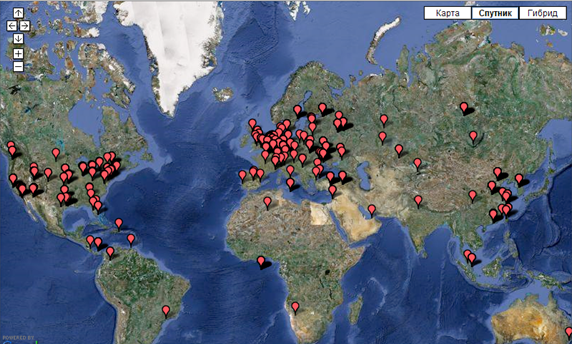It seems like there’s always a new infographic claiming to show exactly where fraud’s biggest hotspots are located. From maps of the dodgiest locations in the UK to a list of the top 100 riskiest zip codes in the States, dozens of new targets are supposedly revealed. If you put those regions together, you’ve basically got a map of the world. What are retailers supposed to do, decline sales from every single one of those areas and only sell to Antarctica? Purchases from penguins aren’t going to boost sales.
Not only does that seem a bit ridiculous because fraud can be found anywhere across the globe, but that also limits transactions, and therefore revenue, for many merchants. Fraud is like a living, breathing, organism that moves and evolves to accomplish what it needs at any time. If you watched a true fraud map, you would see that the cybercriminals ebb and flow dynamically all over the world at all hours of the day.
Let’s take a legendary fraud region like Nigeria (I know the Prince of Nigeria personally; he emails me all the time). Hypothetically, if 50 percent of all transactions originating from Nigeria were fraudulent, that still means that 50 percent of them are legitimate customers trying to make a purchase. Turning off an IP for a zip code or entire country neither makes sense, nor is it a great strategy to drive growth.
Most online merchants are not fraud experts and take a very conservative approach to combatting fraud. Rather than accepting the risk of fraud, they’ll simply reject orders from that area. This tends to slow growth, damage the brand, and reduce topline revenues.
There are legitimate reasons for declining orders from certain regions, including delivery or logistical constraints, regulatory or legal issues, or cultural differences. However, outside of concerns like these, we recommend opening the sales funnel as wide as possible and using the best-in-class detection software to weed out fraud and grow revenue.
Turning off IP addresses to reduce fraud is a costly mistake. It’s like surgically removing a hangnail with a machete. Sure, you’ve solved the hangnail problem, but you may be missing a hand as well. If your fraud system relies on a cute map and cutting out entire geographic regions, get rid of it immediately and give us a call.
via Kount | Blog Against Fraud

